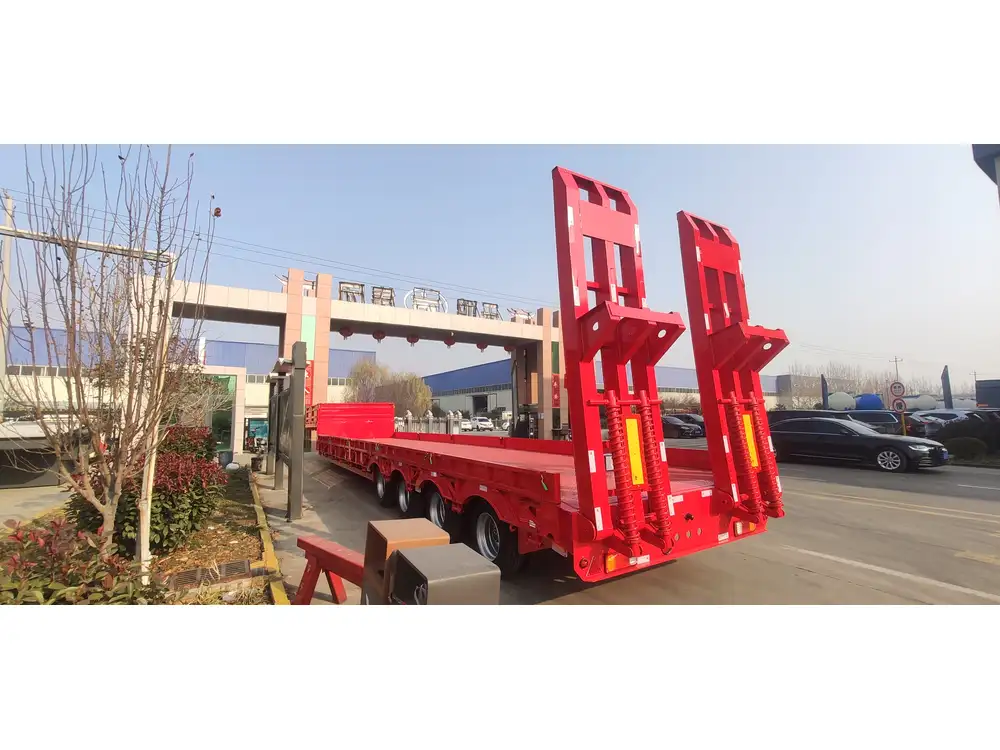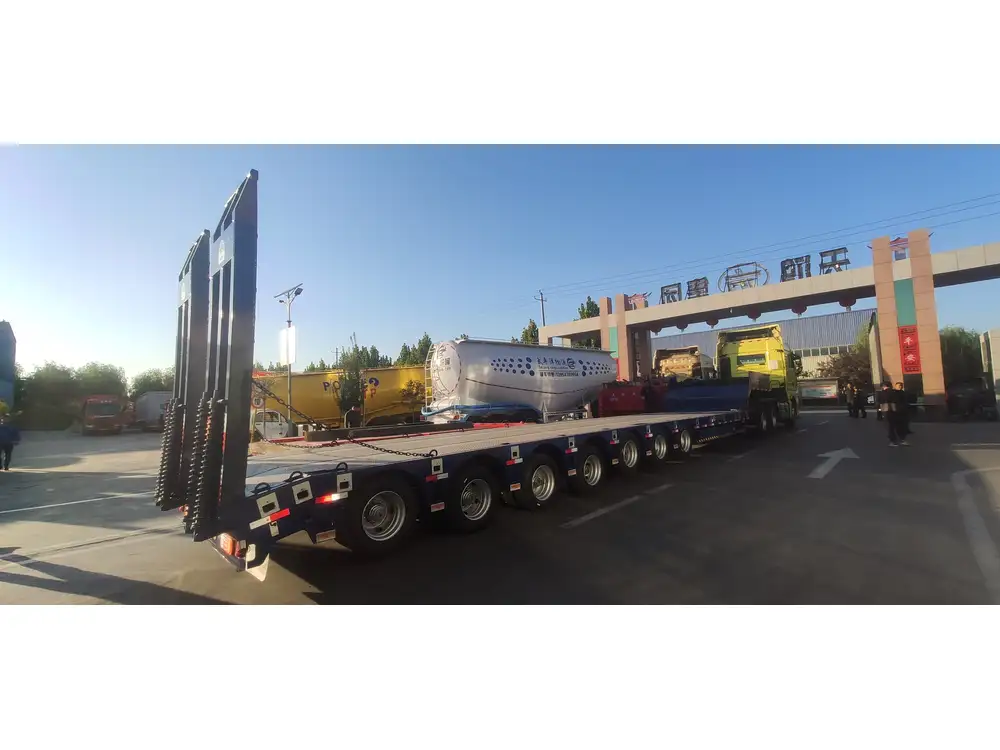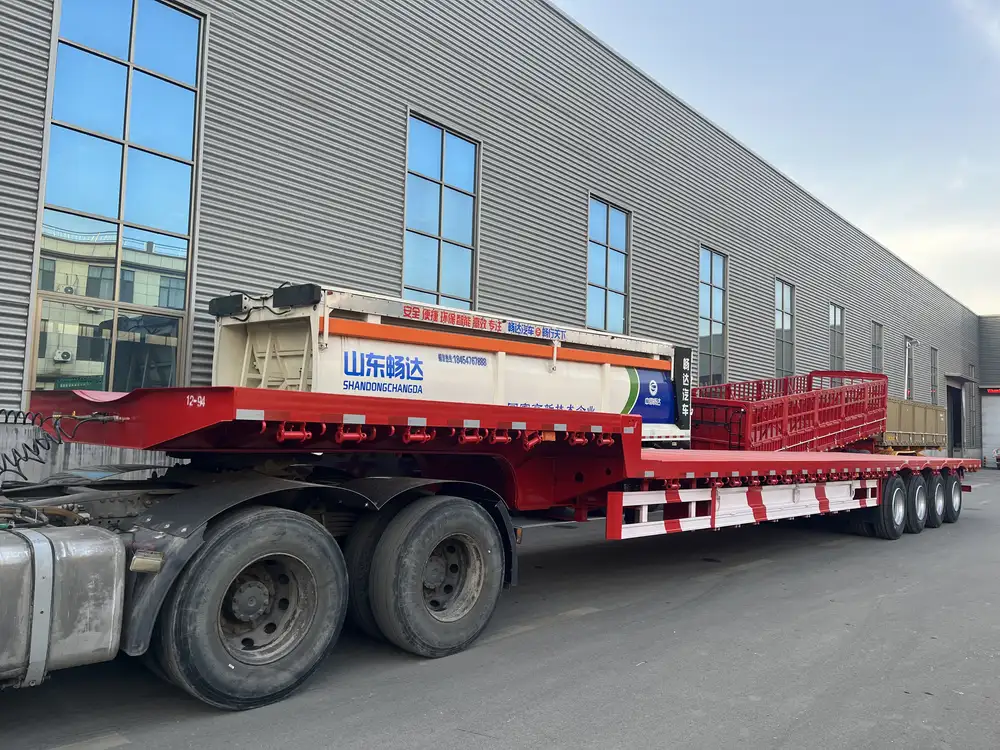In the intricate world of semi-trailer manufacturing and maintenance, the electrical system plays a pivotal role. One of the essential components of this system is the semi-trailer plug, which connects the trailer to the tractor. Among the various functions that this complex connector manages, the Anti-Lock Braking System (ABS) is paramount for safety on the road. This article dives deep into understanding which wire in the semi-trailer plug is designated for the ABS, alongside other critical aspects of the system.
Deciphering the Semi-Trailer Plug
What is a Semi-Trailer Plug?
The semi-trailer plug serves as a multi-functional interface, enabling communication between the tractor and the trailer. This plug accommodates various signals and power supply needs — from brake lights to turn signals, and of utmost importance, the ABS. Understanding the layout of this plug is fundamental for drivers and maintenance technicians alike.

Wire Color Codes
The standard color-coding convention in semi-trailer plugs is instrumental in identifying the functionality of each wire. While there may be slight variations based on the manufacturer, the most widely accepted color coding for a traditional 7-pin plug is as follows:
| Pin Number | Wire Color | Function |
|---|---|---|
| 1 | Brown | Tail/Running Lights |
| 2 | Yellow | Left Turn Signal |
| 3 | Green | Right Turn Signal |
| 4 | White | Ground |
| 5 | Red | Brake Lights |
| 6 | Blue | Electric Brakes |
| 7 | Black | ABS Indicator/Control |
Understanding this table helps to quickly locate the ABS wire among the other connections.
The Role of ABS in Semi-Trailers
The Anti-Lock Braking System (ABS) is a critical safety feature designed to prevent wheel lock-up during braking, particularly in slippery conditions. This system enhances vehicle control and reduces stopping distances, ultimately protecting the driver, cargo, and other road users.
How ABS Works
The ABS functions through a network of sensors and actuators. When a driver applies the brakes, the ABS computer computes whether any wheel is skidding. If wheel slip is detected, the system modulates the brake pressure, automatically reducing the force at the wheel to maintain optimal traction.

Importance of Identifying the Correct Wire
Locating the ABS wire within the semi-trailer plug isn’t just a matter of convenience; it’s crucial for the operational integrity of the vehicle. Incorrect connections can lead to malfunctioning ABS, compromise braking efficiency, and create hazardous driving conditions.
Locating the ABS Wire: Key Steps
Step 1: Familiarize with the Plug Layout
Become acquainted with the layout of the semi-trailer plug. Having the standard wiring diagram at your disposal is invaluable for both installation and troubleshooting scenarios.

Step 2: Inspect the Color Code
As referenced in the previous section, the ABS control wire commonly corresponds with a black wire in a 7-pin configuration. Thus, recognizing this wire ensures that the ABS system can communicate effectively with the tractor’s braking capabilities.
Step 3: Test the Connection
Before concluding that the ABS wire is correctly identified and operational, it is beneficial to conduct a thorough check:
- Use a Multimeter: Measure voltage levels to ensure the wire is functional.
- Check for Continuity: This ensures there are no breaks in the wiring.
Diagram for Reference
For quick reference, here’s a simple graphical representation of a standard 7-pin semi-trailer plug wiring configuration.
+-----------------------+
| 7-Pin Connector |
+-----------------------+
| Pin 1: Brown (Tail) |
| Pin 2: Yellow (Left) |
| Pin 3: Green (Right) |
| Pin 4: White (Ground) |
| Pin 5: Red (Brakes) |
| Pin 6: Blue (Brakes) |
| Pin 7: Black (ABS) |
+-----------------------+
Common Issues and Troubleshooting
Problem: ABS Light On
If the ABS dashboard light remains illuminated, it can indicate issues with the system. Common causes might include:
- Faulty sensor connections
- Wiring issues, particularly with the black wire (ABS control)
Solution
Conduct visual inspections along with a diagnostic scan using an OBD II scanner to identify specific fault codes related to the ABS.

Problem: Inconsistent Braking Performance
Should drivers experience irregularities in braking performance, the ABS wire connection must be scrutinized. If power isn’t adequately transmitted, the ABS system may either underperform or cease to function altogether.
Solution
Check continuity and voltage levels at the semi-trailer plug’s ABS wire, ensuring that connections are secure and free from corrosion or damage. Regular maintenance routines, including checking wires for wear and tear, can preemptively mitigate these issues.
Best Practices for Maintenance

Periodic Visual Checks
Frequent inspections of the semi-trailer plug and associated wiring can help catch problems early. Look for:
- Frayed wires
- Loose connections
- Corrosion on terminals
Professional Servicing
While some maintenance tasks can be performed by truck operators, certain electrical issues may require a professional service. Timely servicing can enhance safety and ensure the ABS function operates effectively.
Proper Plug Handling
Educating users on the correct handling of the trailer plug can decrease the likelihood of damage. Always disconnect carefully, avoid pulling on wires, and ensure the connector is properly seated before use.

Enhancing Safety with ABS
A fully functioning ABS is essential for ensuring the safety of semi-trailers, particularly when navigating adverse weather conditions. Recognizing the layout of the semi-trailer plug, specifically the identification of the ABS wire, plays a vital role in maintaining this critical safety equipment.
Conclusion
Decoding which wire in the semi-trailer plug is designated for ABS is integral to the proper functioning of the Anti-Lock Braking System. With knowledge of the wiring color codes, step-by-step troubleshooting processes, and best maintenance practices, semi-trailer operators can significantly enhance road safety, ensuring both compliance and peace of mind.
Addressing the queries surrounding ABS functionality within semi-trailers not only serves to improve operational capabilities but also reinforces everyone’s commitment to safety on the road. Understanding and applying this technical knowledge will empower drivers and technicians, driving the industry’s collective responsibility toward safer transportation solutions.
By adhering rigorously to these guidelines, semi-trailer manufacturers and maintainers can ensure that their vehicles remain reliable and safe, ultimately leading to a smoother, more secure driving experience.



